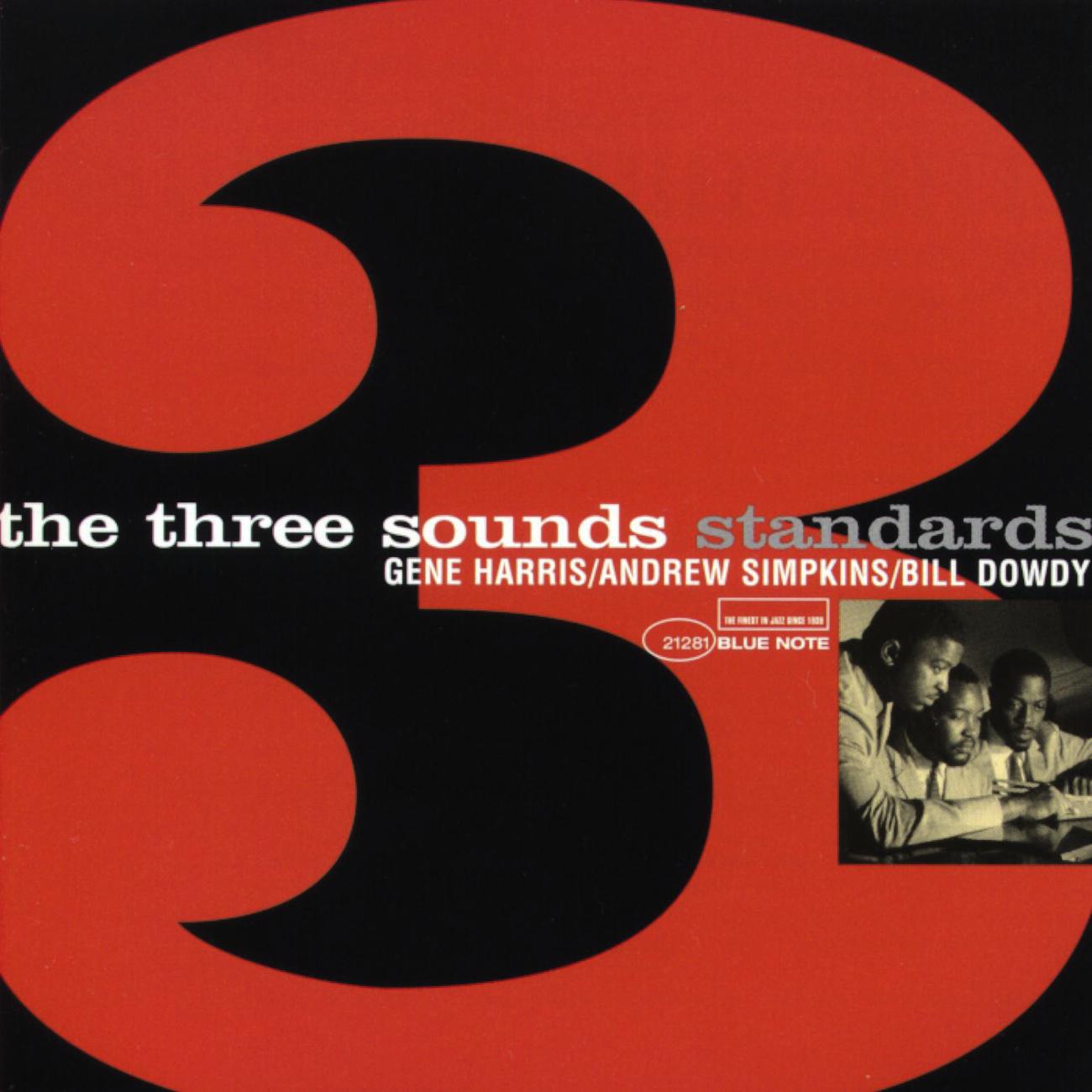Title: Mastering the Art of Clothing Coordination: How to Combine Womens Clothes for an Elegant Look
Mastering the Art of Clothing Coordination: How to Combine Womens Clothes for an Elegant LookClothing coordination is the art of combining different pieces of clothing to create a cohesive and elegant look. It involves understanding color theory, fabric textures, and proportion to achieve a balanced and harmonious outfit. To master the art of clothing coordination, one must start with a neutral base layer such as a white shirt or blouse, which can be paired with various accessories and outerwear. Experiment with different colors and patterns to add depth and interest to your wardrobe. When choosing accessories, opt for ones that complement your outfit rather than compete with it. Consider the occasion and dress code when selecting jewelry, handbags, and shoes. Don't be afraid to mix and match different styles and fabrics, but always keep things simple and timeless. With practice and patience, anyone can learn the art of clothing coordination and create stylish outfits that make a statement.
Introduction
Fashion plays a crucial role in our daily lives, and how we dress is a form of self-expression. For women, choosing the right outfit can be a daunting task. With so many styles, colors, and designs available, it can be challenging to create a cohesive look. However, by understanding some basic principles of clothing coordination, you can effortlessly elevate your style. This guide will discuss various strategies and tips to help you mix and match women's clothes and create a stylish and elegant ensemble.
Understanding Body Types
The way we carry ourselves and dress is largely influenced by our body types. Knowing your body shape will help you select clothes that flatter your figure and enhance your natural beauty. There are four main body shapes: rectangular, square, circular, and hourglass. Once you identify your body shape, you can choose clothes that balance your curves and highlight your best features.

Rectangular Body Shape: For those with a rectangular body shape, it's best to choose clothes that cinch at the waist and flare out at the hips. A tailored blazer or jacket can add shape to the upper body, while flowy dresses or skirts can create volume at the lower half.
Square Body Shape: Square bodies look great in fitted clothing that accentuates the bust and shoulders. Softer fabrics such as silk or cotton can add some gentle curves without overwhelming the overall shape. Avoid heavy accessories that can overwhelm the silhouette.
Circular Body Shape: Those with a circular body shape should focus on creating balance through proportions. Dresses that hit at or just below the knee can create the illusion of longer legs. Tailored trousers or jeans that fit snugly at the thighs can create definition around the waist.
Hourglass Body Shape: Hourglass figures have naturally defined curves from their hips to their shoulders. Bold patterns and bright colors can bring attention to these curves, while solid colors can create a more streamlined appearance. Wrap dresses or skirts that flow away from the waist can add extra volume and movement.
Color Coding
Color coordination is another essential aspect of dressing well. By selecting colors that complement each other, you can create a harmonious and visually appealing outfit. Some color combinations that work well together include:

Neutrals: Black, white, beige, gray, and navy are excellent base colors that can be paired with almost any other color.
Monochromatic: Wearing clothes of the same color from head to toe creates a sleek and sophisticated look.
Complementary Colors: Colors opposite each other on the color wheel, such as red and green or blue and orange, create a dynamic contrast when paired together.
Accent Colors: Adding a pop of color with an accent piece, such as a scarf or jewelry, can bring life to an otherwise neutral outfit.
Mixing Fabrics
Combining different textures in your wardrobe can add depth and interest to your outfits. When mixing fabrics, consider the following guidelines:

Coat: A lightweight fabric like silk or cotton can be worn over a wool or leather coat for a cozy yet chic look.
Dress: A denim dress pairs perfectly with a silk blouse for a casual yet stylish ensemble.
Tops: A linen top looks great with a cotton skirt for a relaxed but put-together look.
Accessories: Accessories such as scarves, hats, and gloves can add texture and dimension to your outfit.
In conclusion, mastering the art of clothing coordination takes practice and patience. By understanding your body type, color coding, and mixing fabrics, you can easily elevate your style and create stunning ensembles every day. Remember to have fun with fashion and let your personality shine through in your choices!
Articles related to the knowledge points of this article:
Title: What Does Sending a Tie Mean?
Title: Mastering the Art of Tie Knotting: A Comprehensive Guide to Tie Sketches
White Down Jacket: A Fashion Statement
The Mid-Length Lady’s Down Jacket
Title: Unveiling the Art of Mens Silk Scarves: A Guide to Crafting Stylish and Sophisticated Outfits



